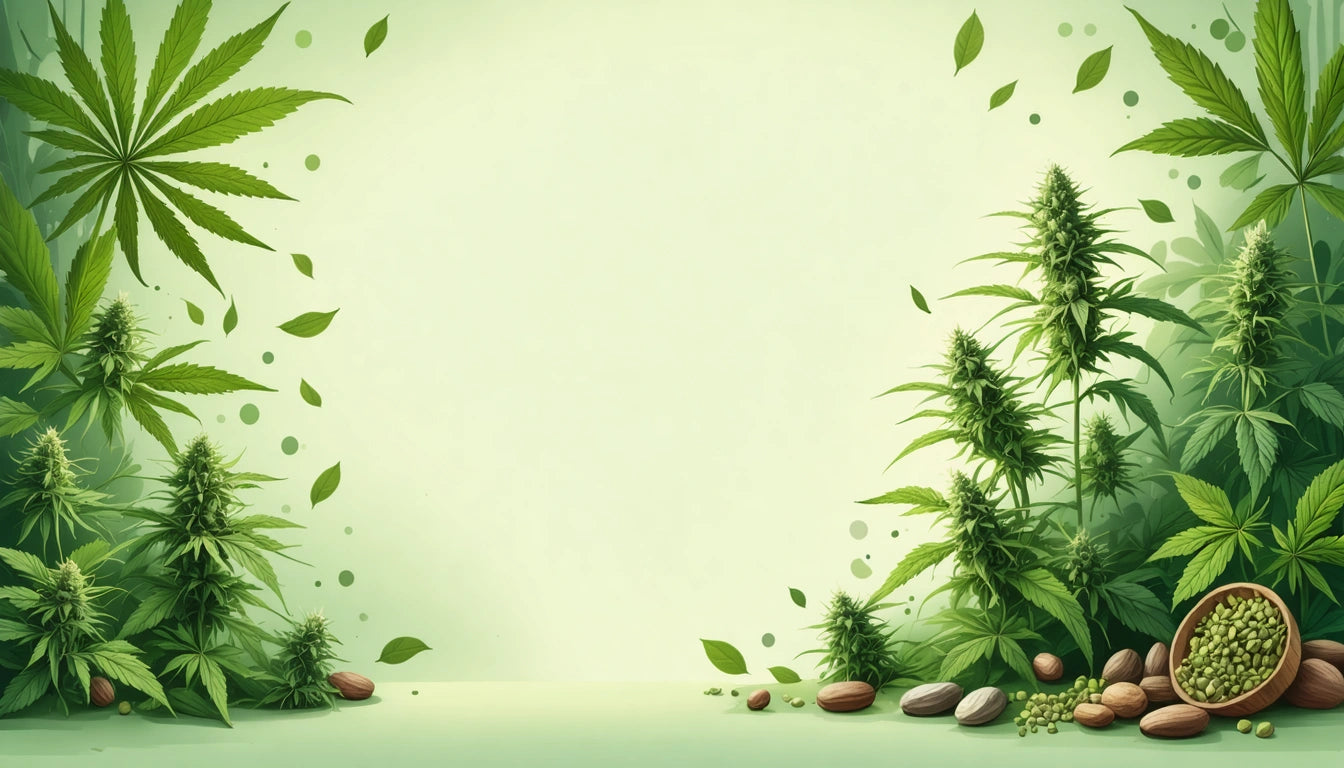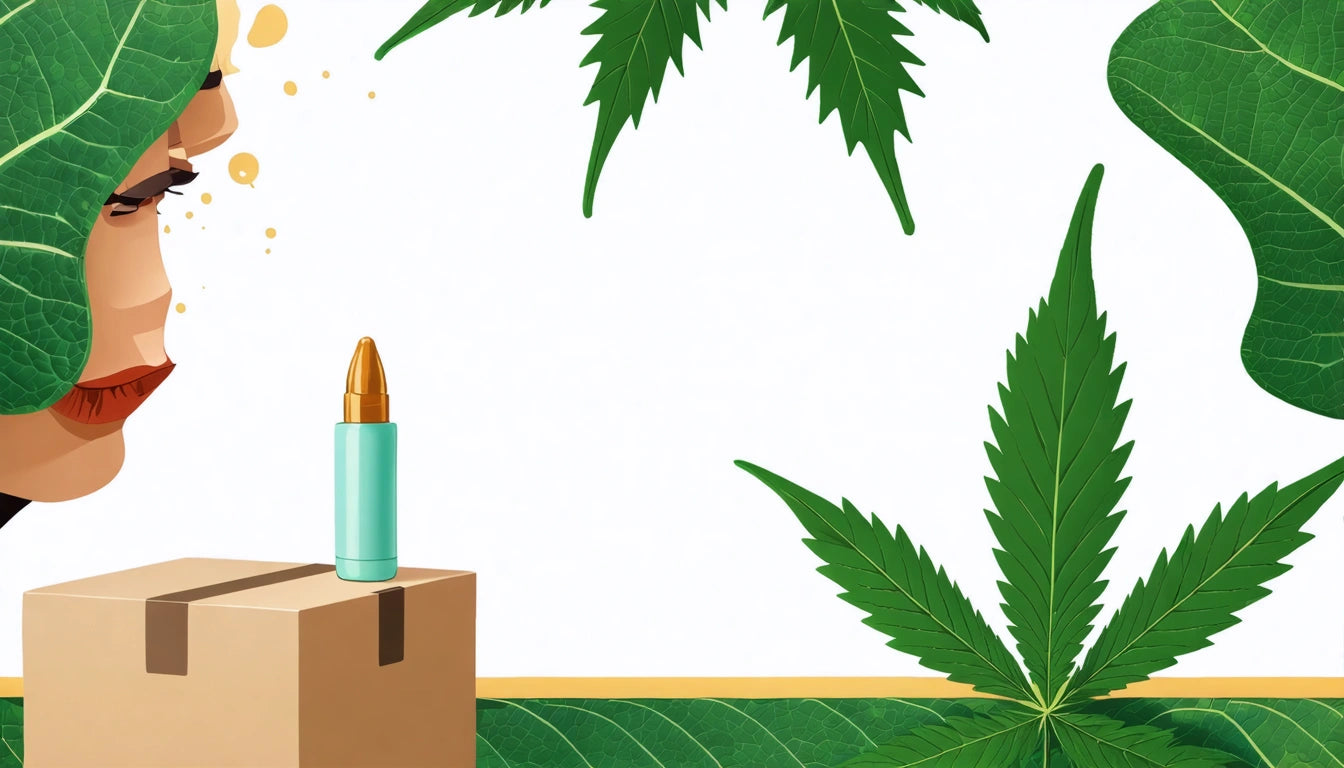Table of Contents
Cannabis concentrates represent the most potent form of cannabis products available today, with THC levels regularly exceeding 70-90%. This dramatic increase in potency compared to traditional flower (typically 15-25% THC) creates both unprecedented therapeutic potential and legitimate concerns about risks. Understanding the complete picture of concentrate use helps consumers and medical patients make informed decisions about these powerful products.
Understanding High-THC Concentrates
High-THC concentrates are cannabis extracts where the plant's cannabinoids and terpenes have been separated from plant material. This process creates products with significantly higher potency than traditional cannabis flower. Common forms include:
- Shatter, wax, and budder
- Live resin and rosin
- Distillates and isolates
- Hash and kief
The extraction method greatly influences the final product's characteristics. Solvent and solventless concentrates differ not only in production methods but also in their cannabinoid and terpene profiles. Solvent-based methods use chemicals like butane or COâ‚‚, while solventless techniques use pressure, temperature, or mechanical separation.
Potential Benefits of Concentrated Cannabis
Medical Applications
For medical patients, high-potency concentrates offer several advantages. Medical cannabis concentrate users often report more immediate and powerful symptom relief, particularly for conditions like:
- Chronic pain and inflammation
- Severe nausea from chemotherapy
- Muscle spasticity in multiple sclerosis
- Treatment-resistant epilepsy
The concentrated format allows for precise dosing when properly measured, which can be particularly beneficial for medical applications where consistent relief is essential.
Consumption Efficiency
For experienced users, concentrates provide a more efficient consumption method. Less product is needed to achieve desired effects, and the onset is typically faster than with traditional consumption methods. This efficiency extends to storage as well, with concentrates requiring less space and maintaining potency longer when stored properly.
Risks and Safety Considerations
The high potency of concentrates introduces several risks that consumers should understand before use.
Tolerance and Dependence
Regular use of high-THC products can lead to tolerance development, where users require increasingly higher doses to achieve the same effects. This pattern may increase the risk of cannabis use disorder and dependence in susceptible individuals.
Psychological Effects
The intense potency of concentrates can sometimes trigger adverse psychological reactions, particularly in inexperienced users or those with underlying mental health conditions. These may include:
- Anxiety and paranoia
- Temporary psychosis-like symptoms
- Impaired cognitive function
- Dizziness and disorientation
Research suggests that extremely high doses of THC may be associated with an increased risk of psychiatric symptoms in vulnerable individuals.
Production Safety
Home production of concentrates, especially those using solvents like butane, presents serious safety hazards including explosion and fire risks. Professional extraction methods use specialized equipment and safety protocols that cannot be replicated in home settings.
Consumption Methods and Best Practices
Safe concentrate consumption requires appropriate equipment and techniques.
Dabbing Equipment
The most common method for consuming concentrates is dabbing, which requires specialized equipment. Quality dabbing devices include:
- Dab rigs with appropriate bangers or nails
- Temperature control devices
- Proper dabbing tools
- Carb caps for efficient vaporization
For accurate dosing, many concentrate users rely on precision digital scales that can measure small quantities down to 0.01 grams, ensuring consistent and safe consumption experiences.
Temperature Considerations
Temperature control is crucial when consuming concentrates. Proper dabbing techniques involve heating the nail or banger to the appropriate temperature, typically between 315-450 °F (157-232 °C). Lower temperatures preserve terpenes and offer a smoother experience, while higher temperatures may deliver more intense effects but can destroy beneficial compounds.
Alternative Consumption Methods
Beyond traditional dabbing, concentrates can be consumed through:
- Vape pens with concentrate attachments
- Infusion into edibles
- Addition to flower in joints or bowls
Using concentrates in edibles or vape pens requires specific preparation techniques to ensure proper dissolution and potency distribution.
Navigating Potency and Dosage
The extreme potency of concentrates makes proper dosing essential. Understanding product labels and starting with minimal amounts can prevent negative experiences.
When examining concentrate products, understanding potency information is crucial. Labels typically display THC percentage by weight, meaning a product listed as 80% THC contains 800mg of THC per gram. For perspective, many experienced flower users consider 10mg of THC a standard dose.
For new concentrate users, the "start low, go slow" approach is particularly important. Beginning with a rice-grain sized portion (or smaller) allows the body to adjust to the increased potency. Waiting at least 10-15 minutes between doses helps prevent overconsumption.
The future of concentrate consumption likely involves more precise dosing tools, standardized education, and continued research into both the therapeutic potential and risk profiles of these potent cannabis extracts. As regulations evolve and research expands, consumers will have access to better information to make informed choices about incorporating high-THC concentrates into their cannabis regimen.











Leave a comment
All comments are moderated before being published.
This site is protected by hCaptcha and the hCaptcha Privacy Policy and Terms of Service apply.